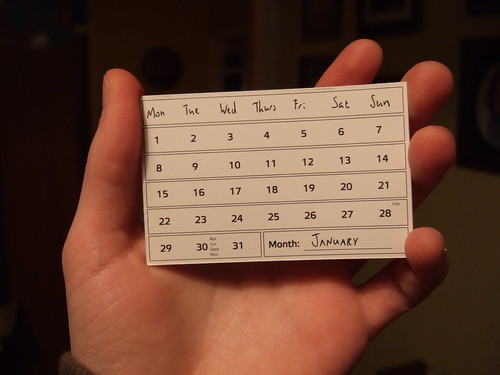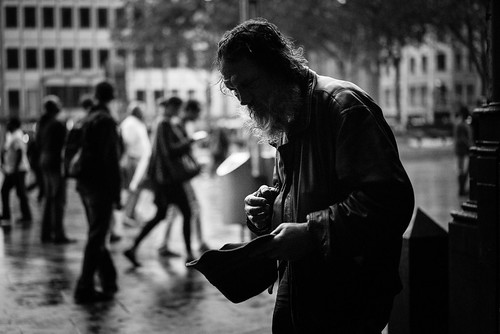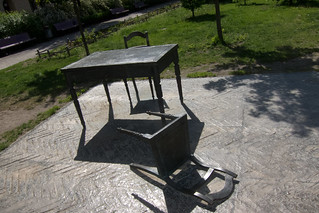5: What is on the walls of the classroom within your head? #LifeWideLearning16 @MrChase #AmalgamClassroom (For ref: https://t.co/XHsjFGoDMD)
— Ben Wilkoff (@bhwilkoff) January 5, 2016
In many of the classrooms I inhabited as a student, you’d find the requisite posters of inspiration or quick reference of whatever content was specific to that room – grammar and punctuation, formulas and functions, etc. Later, in high school, Mrs. Henning-Buhr’s room was an amalgam of markers of student expression over the years.
When she found out she had a painter in class, a mural would appear. Projects hung what I’m sure was dangerously from the light fixtures. Echoing the mark I’m sure the courses were taking on us, she invited us to leave our mark on the room.
For my first years as a teacher, all of the above was how I envisioned my classroom. Quotations, student work, the odd mural, painting one side of a drop ceiling tile (because you could turn it over and hide it if you ever had to leave that classroom behind).
The vision shifted when I attended a presentation on occupational therapy. A subject I’d had no prior exposure to, OT principles made me believe everything I put on my walls was a thing a student had to filter out when I was asking for focus on whatever the lesson of the day or moment might be. I was challenging my students to get to what I was trying to teach before I’d even started teaching it.
In the weeks after the presentation, everything came off my walls. I even asked a volunteer parent to sew curtains to put on tension rods covering the distraction of books on my book shelves. I went all in.
The walls of my classroom stayed that way until I realized they shouldn’t exist. The Museum on the Seam’s Coexistence exhibit came through the district in which I was teaching, and we able to get a field trip approved to take all of my students. Stepping off the bus, I gave my camera to a student and said, “Document this.”
Set up in a park down by the local bay, the exhibit was a collection of billboard size artistic interpretations of the theme matched with quotations from historical figures relevant to the art.
Students roved the park taking notes–or not. We ate lunch, enjoyed the park, and loaded the buses at the end of the day to head back to school.
Think of the curtains I would have needed to keep them focused on exactly what I’d determined was important that day.
The conversations following the field trip were rich, and I’m still fascinated and impressed by the roll of film shot by that one student to whom I’d handed the camera.
That trip best sums up the walls of the classroom within my head. It allows the freedom to go out and experience the world and invites pieces of the world otherwise unobtainable into the setting. It recognizes a classroom without walls doesn’t mean a classroom without limits, and that experiences should provoke students to question what’s on the other side of those limits.




